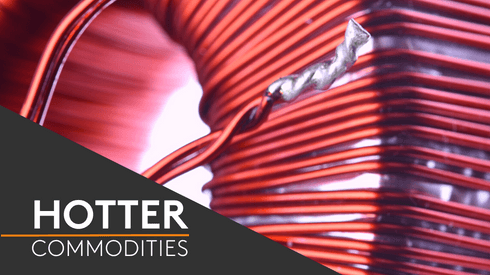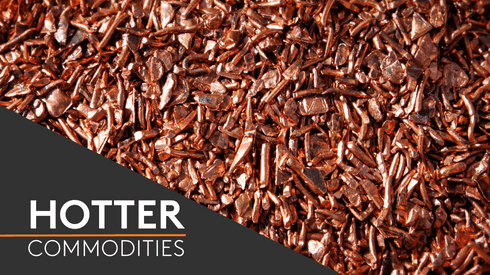According to Máximo Pacheco, the company has committed to annual copper production of around 1.7 million tonnes by the end of the decade, up from a forecast 1.31-1.35 million tonnes this year.
“What we are committed to do and what we expect will happen, is that the declining production that Codelco has seen from 2021-2023 is finished. We are, from now on, going to be able to start to increase our production again to achieve levels of 1.7 million tonnes by 2030,” Pacheco said in an interview in London on Friday, October 6, ahead of the annual LME Week.
This will in part be achieved through improving and strengthening maintenance and asset management programs, along with new projects, including some in the ramp-up stage which are set to contribute to production, he said.
“At the end of day, the way this story will end is that we faced a situation where we saw some decline in production, but we were expanding the life of our mines for another 50 years,” Pacheco added.
In July, Codelco slashed its full-year copper production forecast by almost 4% to 1.31-1.35 million tonnes, from 1.35-1.42 million tonnes. Output in the first half of the year was reported at 633,000 tonnes.
According to the company, lower grades in mined ore have been the main reason for the fall in output. Copper content from major mines such as Chuquicamata was becoming thinner, and replacement projects to compensate for this depletion were ramping-up slowly or were being delayed.
This in turn led Codelco to adjust its concentrates sales to China in line with the reduced production expectations, Pacheco said. There is no impact to cathode output, and sales will increase once concentrate production increases, he added.
“What we are doing today is we are building all of the necessary capacity to sustain the copper production of Codelco for the next 50 years,” he told Fastmarkets.
“That requires a lot of investment because obviously our mines have a declining ore grade, and there are lots of challenges to produce more copper. This is a time of tremendous investments for Codelco – we’ve been involved in structural, mega projects, simultaneously,” he said.
The company has also seen a rise in investment by its owner, the government of Chile, following an agreement to annually reinvest 30% of Codelco’s 2021-2024 profits. The move has strengthened Codelco’s financial balance sheet and reduced the need for additional financial debt.
“At the same time, if you want to have the projects on time and on budget, this is not only about funding. This is about execution,” Pacheco said.
The company has therefore agreed to simplify its organization and strengthen project development at a divisional level to allow for faster and more efficient decision-making, he added.
In Hotter Commodities, special correspondent Andrea Hotter covers some of the biggest stories impacting the natural resources sector. Sign up today to receive Andrea’s content as it is published.




